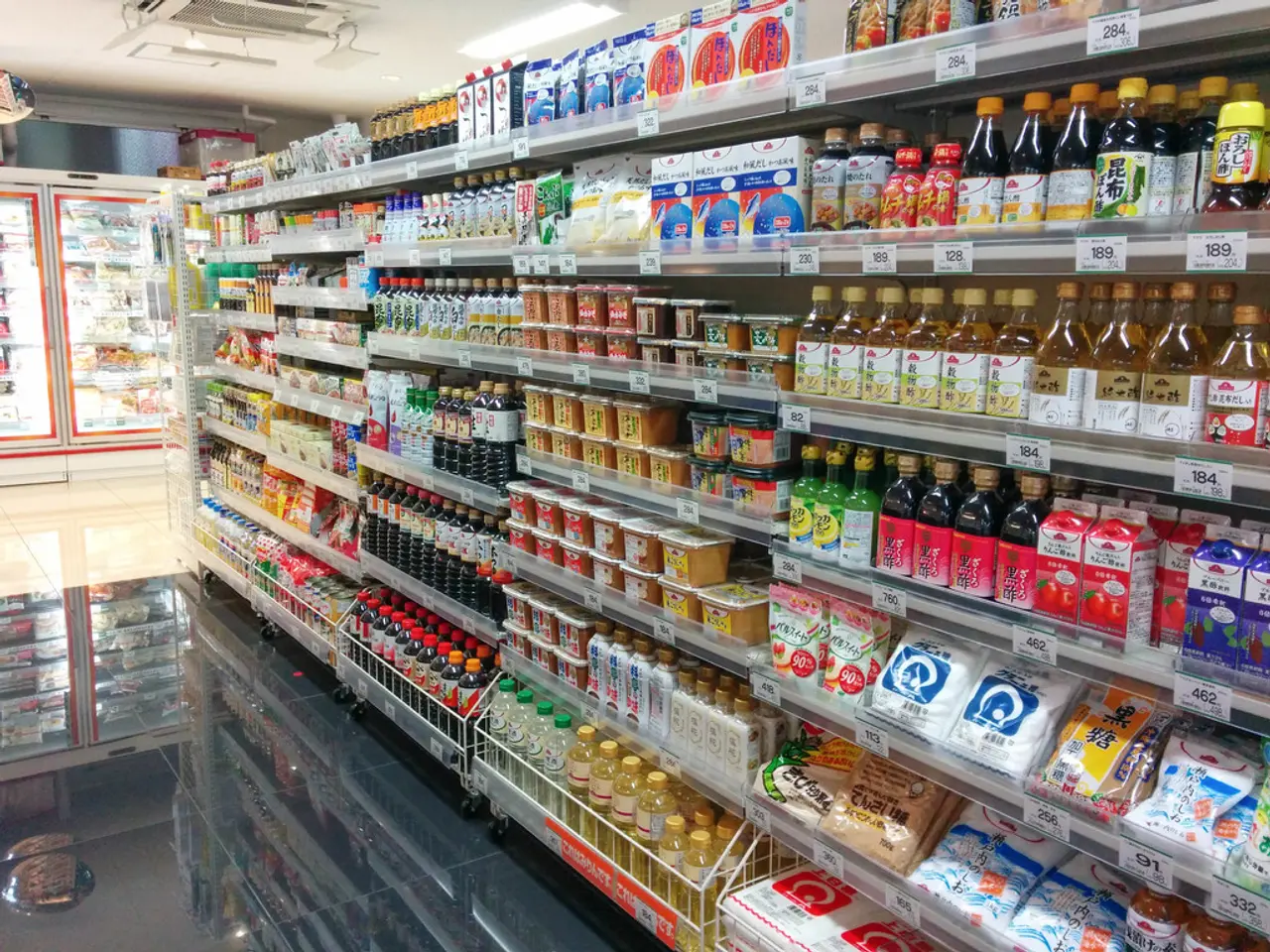Revolutionary shift in payment systems with the advent of Blockchain Technology
=================================================================
Blockchain technology, once confined to the realm of cryptocurrencies, is now being explored and developed for a variety of use cases in the payments industry. From wholesale banking to retail transactions, the potential benefits are vast.
One of the key advantages of blockchain adoption in banking is improved data visibility and consistency across multiple parties. This can lead to a more seamless and efficient process, particularly in retail banking.
In the payments industry, technology is currently undergoing significant investment, with many startups announcing revolutionary new approaches. However, the path to widespread adoption is not without challenges.
Integration with legacy systems, limited in-house expertise, long deployment timelines, regulatory uncertainty, and security risks are some of the hurdles that need to be overcome. Integration issues arise due to the decentralized nature of blockchain technology and the need for phased approaches and API connectors. Expertise remains scarce, requiring partnerships and pre-built frameworks to reduce risks. Deployment often takes longer than expected, necessitating focused, incremental use cases.
Regulatory frameworks around smart contracts and tokenization are unclear in many jurisdictions, causing delays. Security threats have escalated in recent years, with over $2 billion stolen from crypto services in the first half of 2025 alone.
Despite these challenges, the potential benefits of blockchain and stablecoin adoption for consumer payments are significant. Fast, secure, and cost-effective global settlement, increased transparency, higher availability, and greater financial inclusion of underserved populations are just a few of the advantages. Stablecoins, digital cash tokens on blockchains, enable real-time cross-border payments, remittances, trading settlements, and treasury management.
2025 is seen as a potential inflection point for the payments industry. Key tailwinds, such as technology maturation, increased stablecoin circulation, and mounting regulatory clarity, may drive a material shift this year, prompting financial institutions and disruptors to prepare urgently. However, broad consumer adoption will depend on overcoming integration, regulatory, and security hurdles, and shifts in customer preferences toward holding funds in stablecoins rather than local currency.
While 2025 may mark the start of acceleration, widespread mass consumer adoption could realistically take several more years as ecosystems and regulations evolve. The technologies are immature and their ability to support the challenging needs of the business has yet to be proven.
In conclusion, blockchain technology in payments is transitioning from pilot to scaling phase but still faces significant barriers before mass consumer use becomes ubiquitous. Despite the challenges, the potential benefits are compelling, and the industry focus on real-time payments and the clearing process will drive interest in these new technologies. A private, permissioned-based network built on blockchain technology could provide significant value to the payments industry.
Businesses in the payments industry are investing heavily in technology, particularly blockchain, which is being explored for a diversity of use cases, including retail banking. Simultaneously, finance professionals are realizing the potential advantages of blockchain adoption, such as improved data visibility and consistency, for streamlining and enhancing efficiency in financial transactions.




